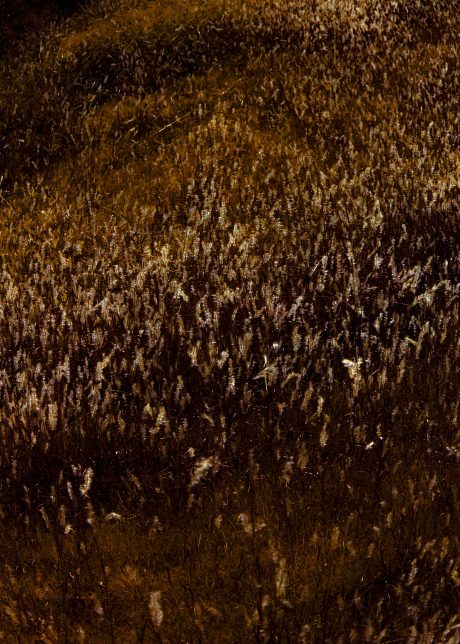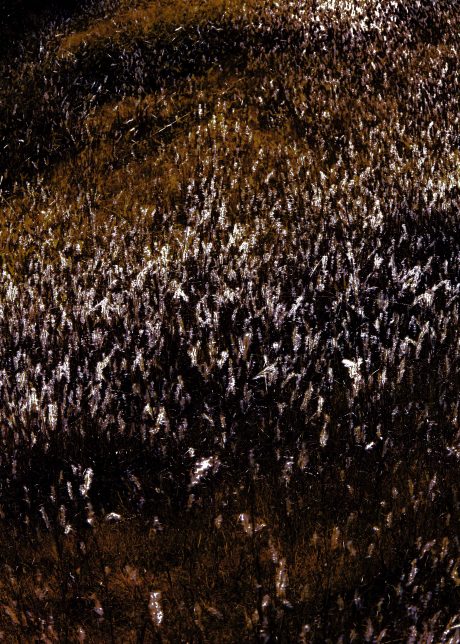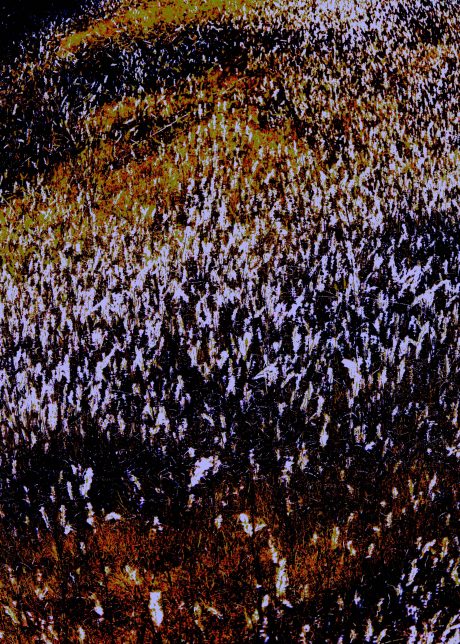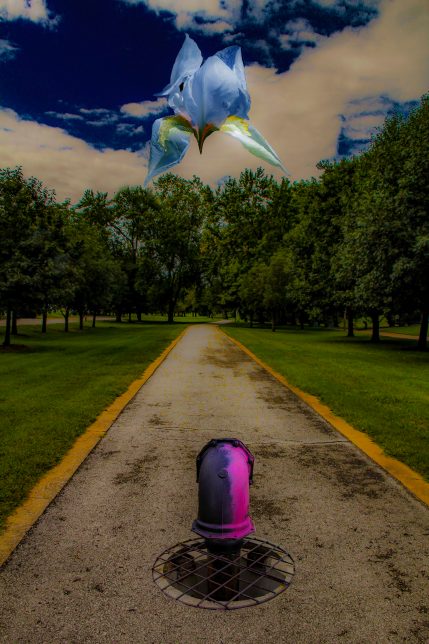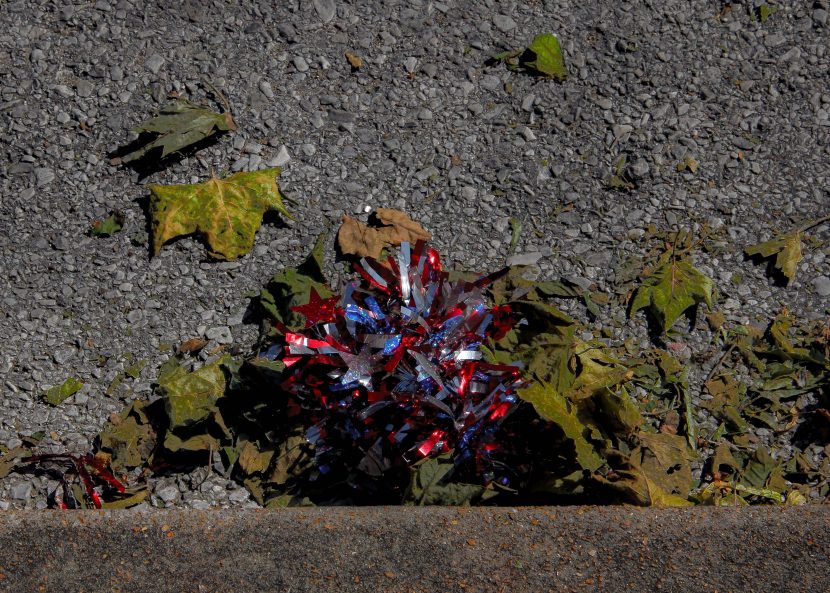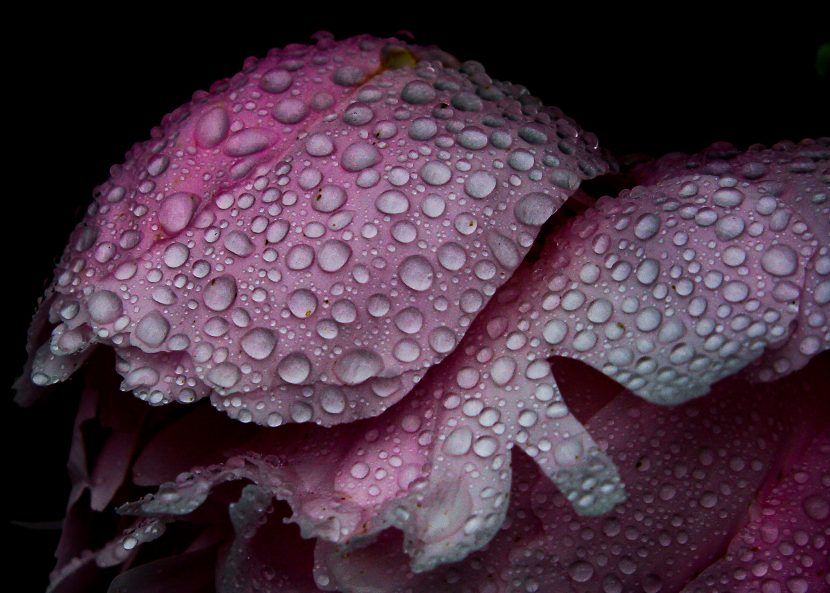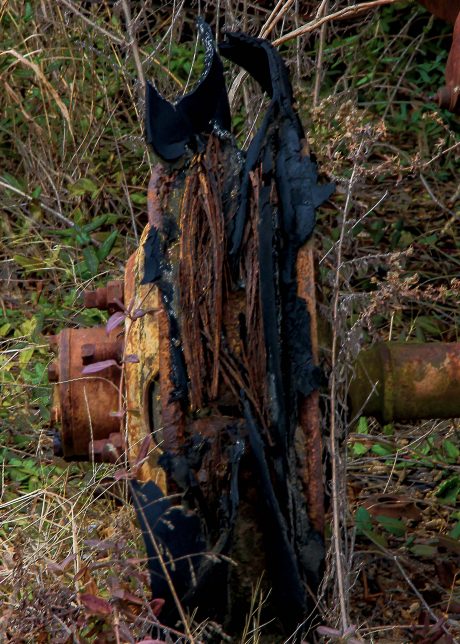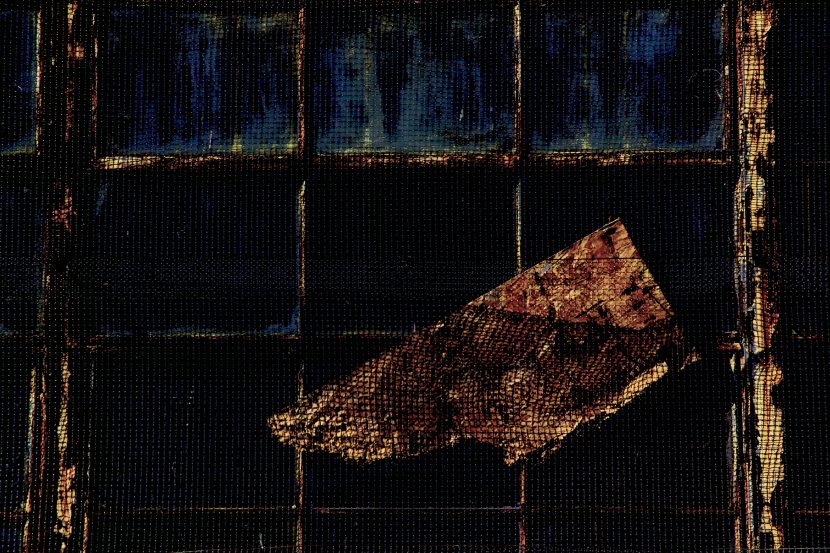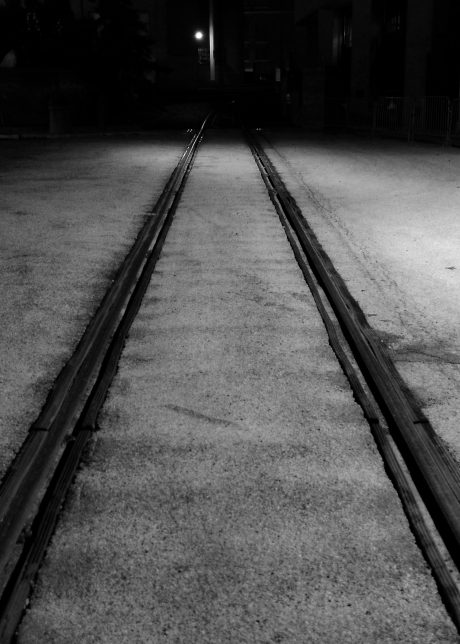I’ve been on vacation this week. I intended to use the time to do a lot of cleaning up. It’s not like there are many places to go lately. And I have a basement in dire need of cleaning.
Well, I did some cleaning—more than I probably expected to—and took care of a couple of necessary chores and generally slept more than I usually do. I wish I had gotten more done, but I’m not beating myself up about it.
Oh, here’s a picture:

Something nice, pleasant. I’m not sure all of this post will be, so I’m offering “refreshment” along the way.
Where was I?
Oh, yes. I listened to some of the Barrett hearings and I heard pretty much what I expected to hear. She ducked questions adroitly, presented a façade of judicial competence (knowing all the right terms, etc), and did nothing to outrage the “wrong” people, namely the Republicans who are going to rubber-stamp her appointment. For better or worse, she’s it.
But it occurred to me that Congress really ought to stop asking technical questions. It’s unlikely a nominee will get this far and be unable to spar over legalistic questions. I think a more fundamental set of questions ought to be asked. Do you believe the Earth is round? How old is the universe? Do you believe miracles are more efficacious than science? Is climate change real? Do you believe there are innately inferior groups of human beings? Do you believe there is evidence supporting evolution? I would like to hear answers to those kinds of questions. We aren’t going to get the kind of answers on which to base a valid judgment on someone’s suitability to be appointed in the legal realm. One reason is, we test assumptions all the time in courts, that what a trial is. So asking someone how they’ll rule on this or that is kind of ridiculous.
But seeing how someone responds to questions about the world and reality, now, that would be more telling. It’s possible a Flat-Earther might make a perfectly fine jurist, but the odds are that someone who is that disconnected from the real world has some serious disconnects that would render their judgments…well, a bit questionable, simply because they do not on a very fundamental level share a common perception and understanding of the world in which we live.
Amy Coney Barrett doesn’t accept anthropogenic climate change. Either because of political biases or because she doesn’t pay attention to what’s happening on the planet or she believes it doesn’t matter because the Rapture is coming soon so why waste time understanding something that will disappear with everything else in short order. I’m being a bit facetious, but only a bit.
My point is, I would prefer to know how these nominees see the world. A big question would be Do you believe men and women are equal as human beings or do you believe they have distinct rôles that require them to be treated differently? Never mind what the law says, what do you believe?
Another picture:
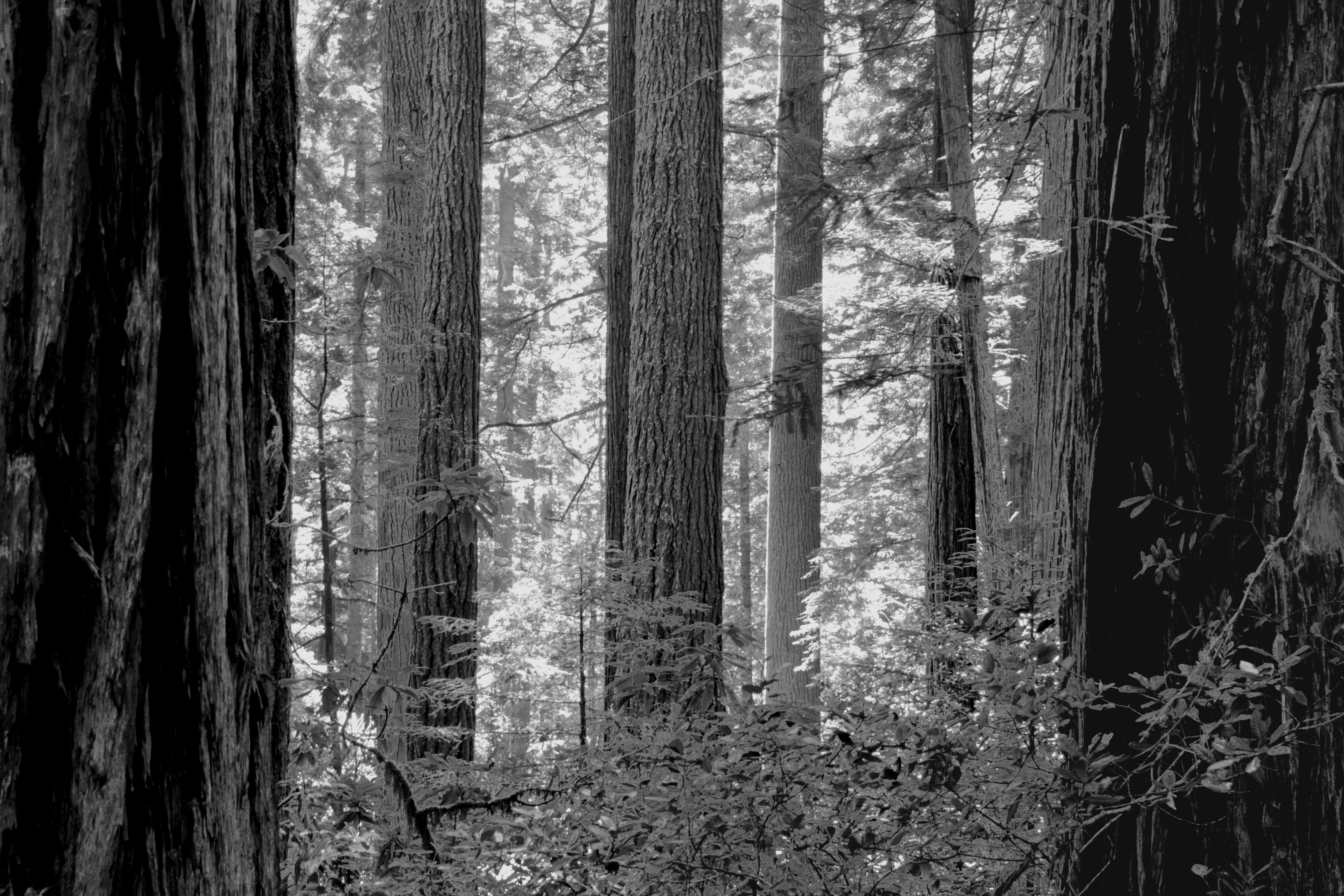
Over 20 million people have cast ballots already. It would gratify me greatly if this proved to be a record turnout. I am still convinced that turnout is essential.
We’re going to go to the polls on November 3rd. I feel it is important. I want to see what there is to see. I doubt we’ll have any armed partisans at our polling place, but you never know. I’m seeing this nonsense in Idaho and elsewhere, with these dystopically-inclined post adolescent conspiracy addicts threatening vigilantism should things not go the way they want. It is my belief—just a belief, mind you, but not based on nothing—that less will come of all that bluster than promised or feared. I don’t think much of people who isolate in the hills, come to town expecting Thunderdome, posing in Starbucks like a bad movie promotion, and rejecting anything that might take their Moment away, liked facts and ethics and community well-being. They have been imbibing a brew of Fifties-era SF movies, Mad Max, Bircher pseudo-science, and Talk Radio Newspeak for too long. They do not, I feel, understand the world, but they’ve figured out how to make that ignorance a virtue. They thrive on disappointment and I suspect they will continue to so thrive.
Something more pleasant again:
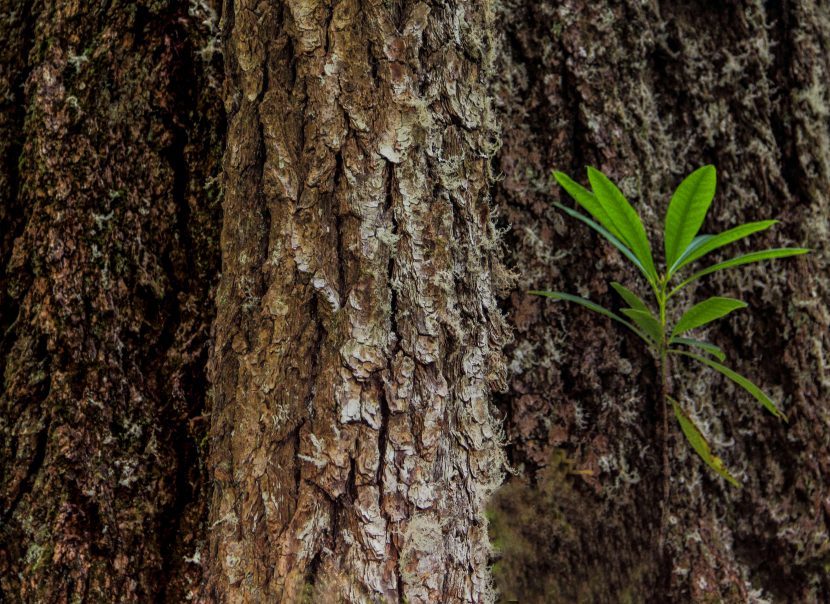
On a personal note, I intend—I always intend—to get a bit more disciplined about certain things. The writing, for one. I’ve done little enough in the last few months. This past week, I did almost none. Yesterday I went back to work on a novella I’ve been teasing at, and today, obviously, I’m doing this.
But I also need to get on the self-promotion schtick for my photographs. They’ve been available for purchase for almost two years now and I’ve sold—nothing. I don’t know if it’s because they just aren’t very good or because no one thinks I’m serious about this. I plan to buy a new scanner sometime in the next few months and start transferring my old negatives into digital files. I have five decades of images to go through and it would not be a pleasant thought to see them all just go in the rubbish when I die.
No, that’s not an issue. Not at present, anyway. I’ve been dealing more and more with my parents on that topic, but I am fine. Again—I Am Fine. I went to the gym this morning and even impressed myself.
But, as they say, I have less life ahead of me than behind. I would like to see some of my visual work out there, adorning walls, and so forth. Yes, you will have to buy it. But I need to find some avenues for getting it in front of people.
Which brings me to a statement of being. I am fine. Physically, mentally. Emotionally? Hey, we all have things we need to work on, and the world right now isn’t exactly a cuddly place (but then when is it ever?), but I have some optimism. I intend to be here for a while. I have things to do.
So, I ask you all, whoever you may be, to share with me a few moments of possibility. That things will get better. As long as we don’t give up. I know, that sounds a bit cliché and a touch Pollyanna-ish, but it also happens to be true. Years ago I learned in the fiction business that those who guaranteed will fail are those who give up and go away. Chance may be fickle, but you can’t benefit from it if you aren’t there. It’s not much, but sometimes it’s all you need.
It’s the follow-through that really matters, and for that you really have Be There.
Anyway, enough babbling. One last pleasant image to go out on. Be well.


